Description
Beyond Phosphate: Exploring the Reactive World of Thiophosphoric Acid Containing Nitrogen
Phosphorus is a cornerstone element in biology, most famously known for its role in DNA, RNA, and energy storage molecules like ATP. However, phosphorus’s chemistry goes far beyond these familiar roles. By swapping oxygen atoms for sulfur and introducing nitrogen-containing groups, chemists create a world of fascinating and reactive molecules called thiophosphoric acids containing nitrogen. These compounds are not just theoretical curiosities; they hold significant potential in diverse fields, from catalysis to drug development.
The Chemistry of Substitution: From Phosphate to Thiophosphate to Amidophosphate
At the heart of this chemical family lies phosphoric acid (H₃PO₄), a tetrahedral molecule with a central phosphorus atom bonded to four oxygen atoms, each with a hydrogen. Replacing one or more of these oxygen atoms with sulfur generates thiophosphoric acids. The substitution of oxygen with sulfur introduces a notable shift in reactivity. Sulfur atoms are larger and less electronegative than oxygen, leading to weaker and more polarizable P-S bonds compared to P-O bonds. This increased polarizability makes thiophosphoric acids generally more reactive than their phosphate counterparts.
Now, imagine attaching a nitrogen-containing group, like an amine (NH₂) or a substituted amine, to the phosphorus atom in place of one of the hydrogen bonded oxygens. We now have an amidothiophosphoric acid. This addition further alters the molecule’s electronic structure and reactivity, producing compounds with characteristics that are vastly different from simple phosphate or thiophosphate molecules.
Why the Fuss? The Potential Applications
The unique properties of Thiophosphoric Acid Containing Nitrogen make them promising candidates for a variety of applications:
Catalysis: The ability of these molecules to engage in multiple bonding interactions, particularly their increased polarizability due to the sulfur atoms, makes them effective catalysts. The presence of nitrogen further allows for specific interactions with substrates, allowing for high selectivity and efficiency. Researchers are exploring their use in reactions like esterification, amidation, and the synthesis of various organic molecules, including those with pharmaceutical value.
Drug Design: The structural and electronic diversity of these compounds provides a foundation for novel drug candidates. The inclusion of phosphorothioate groups, for example, plays a crucial role in improving the stability and cellular uptake of certain oligonucleotide therapeutics. The presence of a nitrogen-containing moiety can introduce further functionality to improve binding affinity and modulate drug metabolism.
Metal Complexation: Nitrogen-containing thiophosphoric acids can form strong complexes with various metals. This ability makes them useful as extraction agents for specific metals in industrial processes. Furthermore, they can be developed into sensors for detecting trace metals in environmental and biological samples.
Polymer Chemistry: Incorporating these molecules into polymers can impart unique properties such as flame retardancy, enhanced mechanical strength, or specific bioactivity, leading to potential uses in packaging, material science, or biomedical devices.
Mechanistic Studies: The unique electronic and bonding properties of nitrogen-containing thiophosphoric acids provide a valuable platform for studying fundamental chemical reaction mechanisms. Their ability to act as catalytic species allows chemists to probe complex reaction pathways, further refining our understanding of chemical reactivity.
The Challenges Ahead
While the potential of these compounds is significant, several challenges remain. Synthesizing these molecules can be complex, requiring specific reaction conditions and often involving harsh reagents. Further research is needed to develop more efficient and sustainable synthetic routes. Furthermore, understanding the reactivity of these complex molecules demands a concerted effort in both theoretical and experimental investigation. Thorough toxicity assessments are also crucial, especially if these molecules are intended for use in pharmaceutical or environmental applications.
Looking Forward: A Bright Future for Phosphorous Chemistry
Thiophosphoric Acid Containing Nitrogen represent a fascinating intersection of phosphorus, sulfur, and nitrogen chemistry. Their unique bonding properties and reactivity make them a valuable platform for exploration across various scientific disciplines. As research continues in this area, we anticipate further advancements and innovative applications in catalysis, drug development, and materials science, solidifying the importance of this fascinating class of compounds in shaping the future of chemistry.

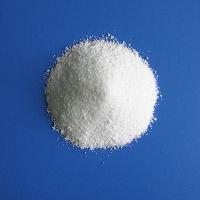
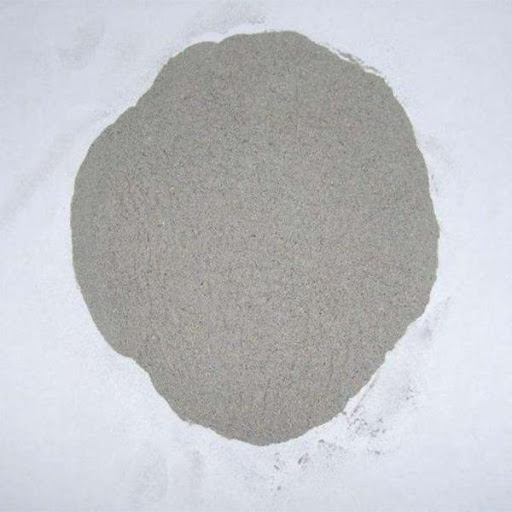
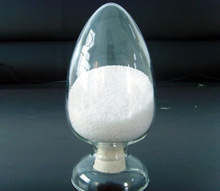
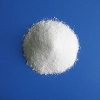
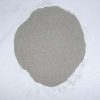
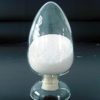

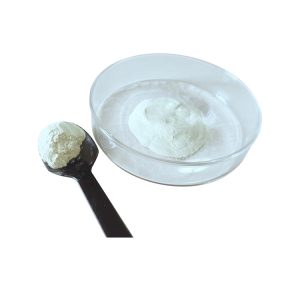
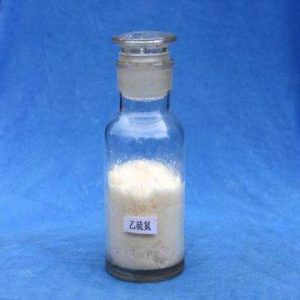
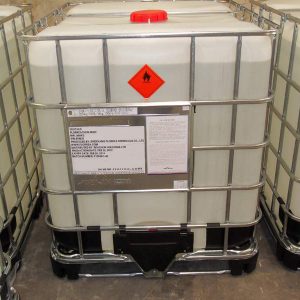

Reviews
There are no reviews yet.